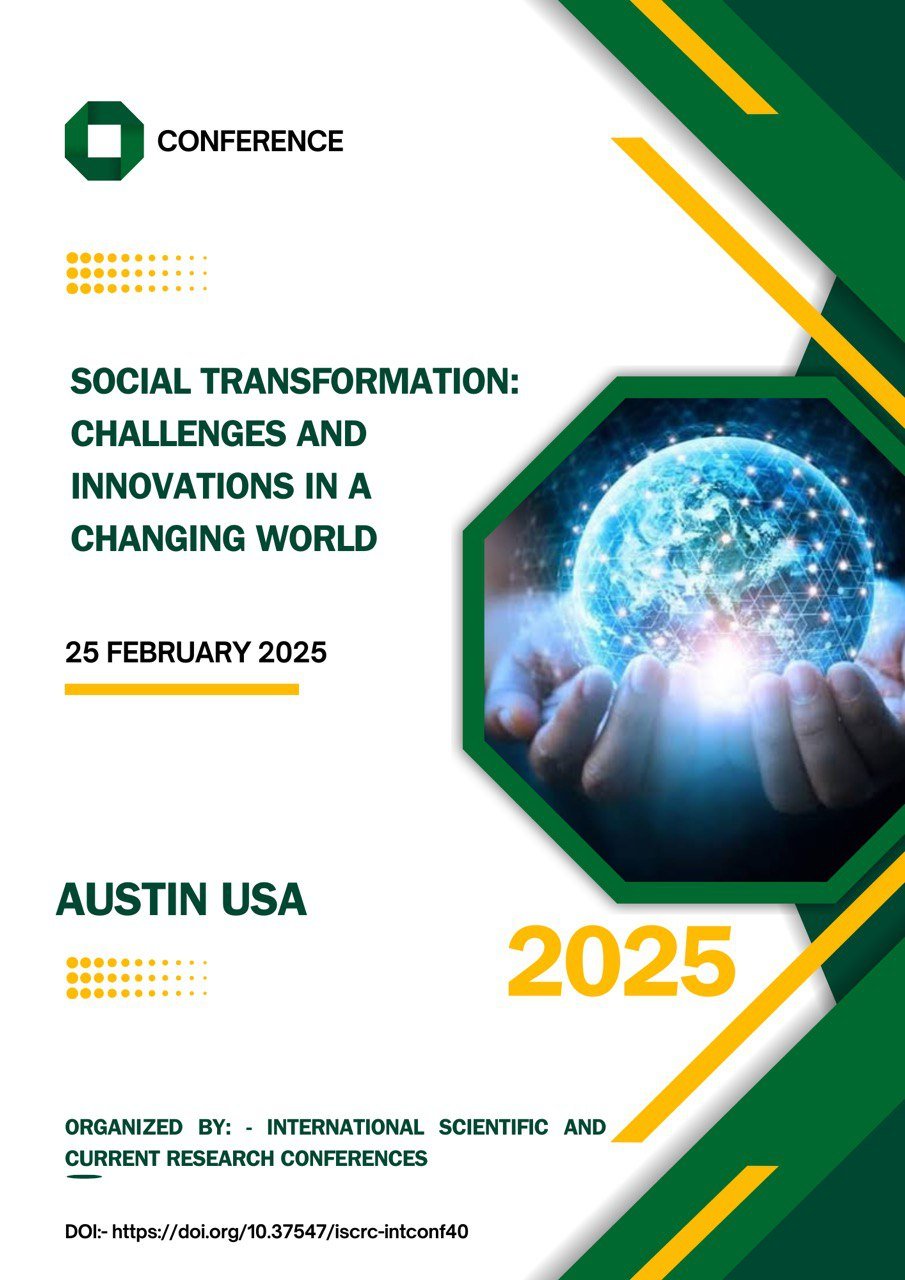PEDAGOGICAL CONDITIONS FOR PREPARING FUTURE ENGINEERS FOR PROFESSIONAL AND CREATIVE ACTIVITY IN THE PROCESS OF INDEPENDENT LEARNING
Keywords:
Independent learning, engineering education, pedagogical conditionsAbstract
In the era of rapid technological change, engineering education must adapt to prepare graduates who are not only professionally competent but also capable of independent thinking and creative problem-solving. This article examines the pedagogical conditions necessary for developing professional and creative readiness among future engineers through independent learning. Drawing on modern educational theories and practices, the article explores how autonomy, motivation, digital tools, and a supportive learning environment contribute to the formation of key competencies. Emphasis is placed on the role of the teacher as a facilitator, the importance of flexible curricula, and the integration of project-based and problem-solving approaches. The article also identifies existing challenges and offers recommendations for educators and institutions to optimize the independent learning process and enhance creative professional development.
Downloads
References
Biggs, J., & Tang, C. (2011). Teaching for Quality Learning at University (4th ed.). McGraw-Hill Education.
Knowles, M. S. (1975). Self-Directed Learning: A Guide for Learners and Teachers. Cambridge Adult Education.
Vygotsky, L. S. (1978). Mind in Society: The Development of Higher Psychological Processes. Harvard University Press.
Zimmerman, B. J. (2002). Becoming a Self-Regulated Learner: An Overview. Theory into Practice, 41(2), 64–70.
Kolb, D. A. (1984). Experiential Learning: Experience as the Source of Learning and Development. Prentice-Hall.
Felder, R. M., & Brent, R. (2003). Designing and Teaching Courses to Satisfy the ABET Engineering Criteria. Journal of Engineering Education, 92(1), 7–25.
Schunk, D. H. (2012). Learning Theories: An Educational Perspective (6th ed.). Pearson Education.
Downloads
Published
How to Cite
Issue
Section
License
Copyright (c) 2025 Sattorova Mahliyo Burxanovna

This work is licensed under a Creative Commons Attribution 4.0 International License.
The content published on the International Scientific and Current Research Conferences platform, including conference papers, abstracts, and presentations, is made available under an open-access model. Users are free to access, share, and distribute this content, provided that proper attribution is given to the original authors and the source.






